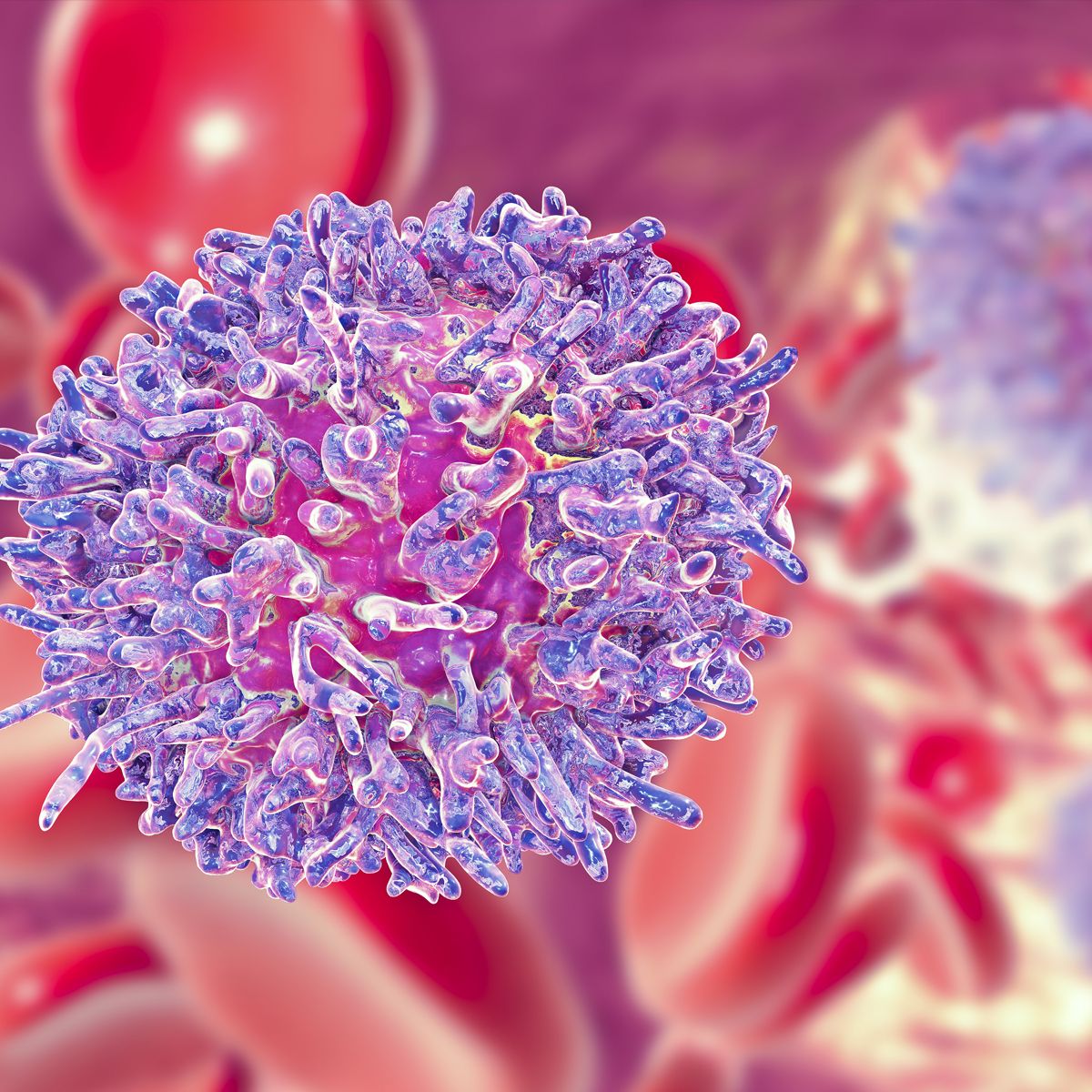FDA Grants Priority Review to BLA for Orca-T in Hematologic Malignancies
The regulatory agency gave a PDUFA target action date of April 6, 2026, for Orca-T among patients with AML, ALL, and MDS.
Efficacy data from the trial revealed that Orca-T exhibited a 1-year GVHD-free survival of 78% vs 38% with allogeneic HSCT.

The FDA has accepted a biologics license application (BLA) for Orca-T, an allogeneic T-cell immunotherapy, for priority review as a treatment for multiple hematological malignancies, including acute myeloid leukemia (AML), acute lymphoblastic leukemia (ALL), and myelodysplastic syndromes (MDS), according to a news release from the drug’s developer, Orca Bio.1
The FDA has set a Prescription Drug User Fee Act target action date of April 6, 2026, for Orca-T as a treatment for patients with AML, ALL, and MDS.
The BLA acceptance is supported by findings from the phase 3 Precision-T trial (NCT04013685), which evaluated the safety, efficacy, and tolerability of Orca-T with other conventional allogeneic hematopoietic stem cell transplantation (HSCT) strategies among patients with AML, ALL, and MDS. The study’s primary end point was met, with a statistically significant improvement in moderate to severe chronic graft-vs-host disease (cGVHD)–free survival seen with Orca-T vs standard-of-care (SOC) allogeneic HSCT.
Efficacy data from the trial revealed that Orca-T exhibited a 1-year GVHD-free survival of 78% (95% CI, 65%-87%) vs 38% (95% CI, 26%-51%) with allogeneic HSCT (HR, 0.26; P < .00001).2 An estimated 1-year overall-survival (OS) benefit was observed with Orca-T vs SOC, with rates of 94% (95% CI, 86%-97%) vs 83% (95% CI, 73%-90%) with allogeneic HSCT (HR, 0.49; P = .11823). Additionally, a cumulative incidence of moderate to severe cGVHD at 13% (95% CI, 5%-23%) and 44% (95% CI, 31%-56%) in each of the respective arms was observed (HR, 0.19; P < .00002).
“A stem cell transplant has been the only potentially curative option for many [patients] with AML, ALL, or MDS. However, treatment-related toxicities too often hinder patient recovery. Acceptance of the Orca-T BLA marks a pivotal moment in our ability to deliver a first-in-class therapy designed to improve survival free from complications like [GVHD],” Nate Fernhoff, PhD, cofounder and CEO of Orca Bio, stated in the news release on the regulatory decision.1 “Supported by positive phase 3 clinical data, today’s regulatory milestone reflects important recognition of the transformative potential of Orca-T. We look forward to working collaboratively with the FDA on the review of our application with the goal of advancing Orca-T and making it available to patients in need.”
Patients with acute myeloid, lymphoid, or mixed-phenotype leukemia in complete remission (CR) or CR with incomplete hematologic recovery and those with MDS and/or therapy-related or secondary MDS with 10% or less blast burden in the bone marrow were enrolled in the trial.3 Patients were randomly assigned 1:1 to receive either Orca-T or SOC allogeneic HSCT.
Orca-T was given following myeloablative conditioning, and a single-agent GVHD prophylaxis with tacrolimus (Prograf) was administered following infusion. In the SOC arm, an unmanipulated allograft derived from peripheral blood of a matched donor was given after myeloablative conditioning and dual-agent prophylaxis comprised of tacrolimus plus methotrexate was given on day –3.
Patients in the study had a median age of 43.5 years (range, 19-65). The median follow-up for the study was 11.4 months (range, 0.2-24.3).
The primary end point of the trial was 12-month moderate to severe GVHD survival. Secondary end points included 12-month moderate to severe GVHD event rate, 12-month OS, and 12-month disease-free and relapse-free survival rates.
Safety findings from the trial revealed that no new signals were identified with Orca-T. Additionally, infections of grade 4 or higher in severity per Common Terminology Criteria for Adverse Events criteria were reported in 6% of patients treated with the investigational agent vs 10% of those who received SOC allogeneic HSCT.
References
- Orca Bio announces FDA acceptance and priority review of the biologics license application (BLA) for Orca-T to treat hematological malignancies. News release. Orca Bio. October 6, 2025. Accessed October 6, 2025. https://tinyurl.com/urwb7244
- Orca Bio announces positive results from the pivotal phase 3 study of investigational Orca-T compared to allogeneic stem cell transplant for the treatment of hematologic malignancies. News release. Orca Bio. March 17, 2025. Accessed October 6, 2025. https://tinyurl.com/26edwyup
- Precision-T: a randomized study of Orca-T in recipients undergoing allogeneic transplantation for hematologic malignancies (Orca-T). ClinicalTrials.gov. Updated September 26, 2025. Accessed October 6, 2025. https://tinyurl.com/y9ubftdy
Navigating AE Management for Cellular Therapy Across Hematologic Cancers
A panel of clinical pharmacists discussed strategies for mitigating toxicities across different multiple myeloma, lymphoma, and leukemia populations.